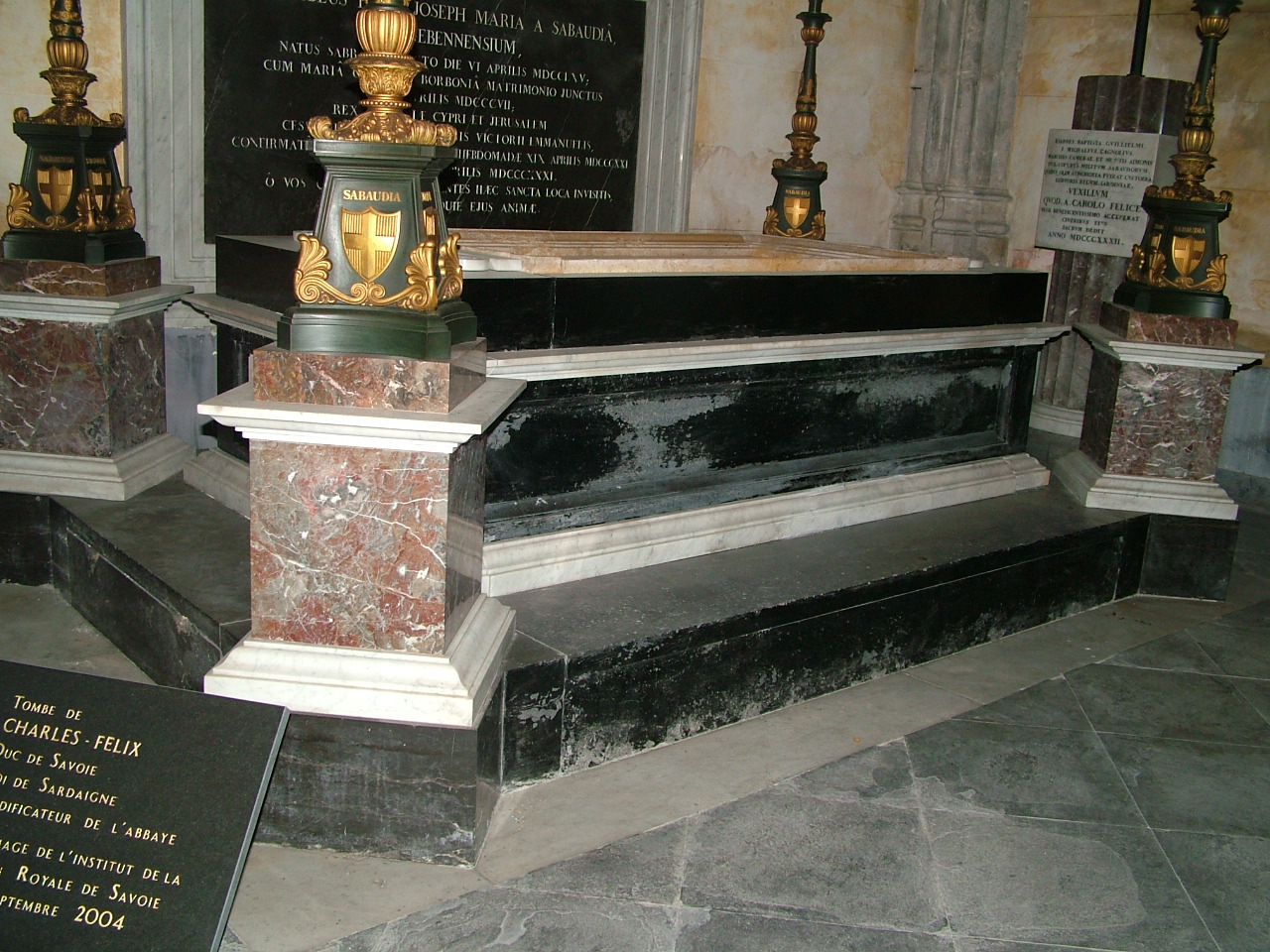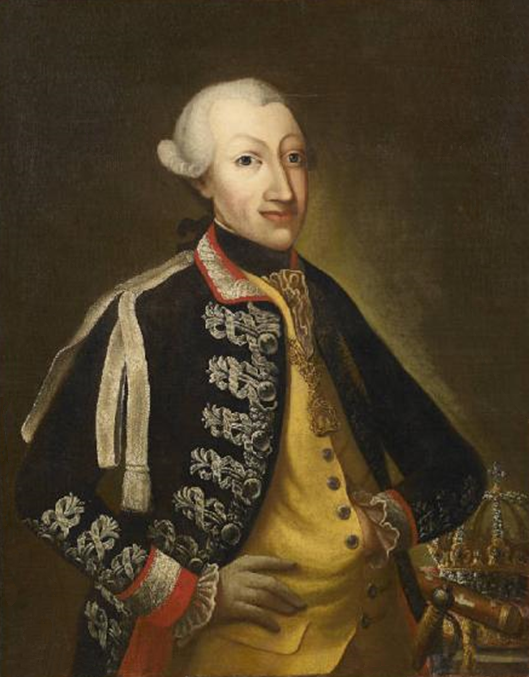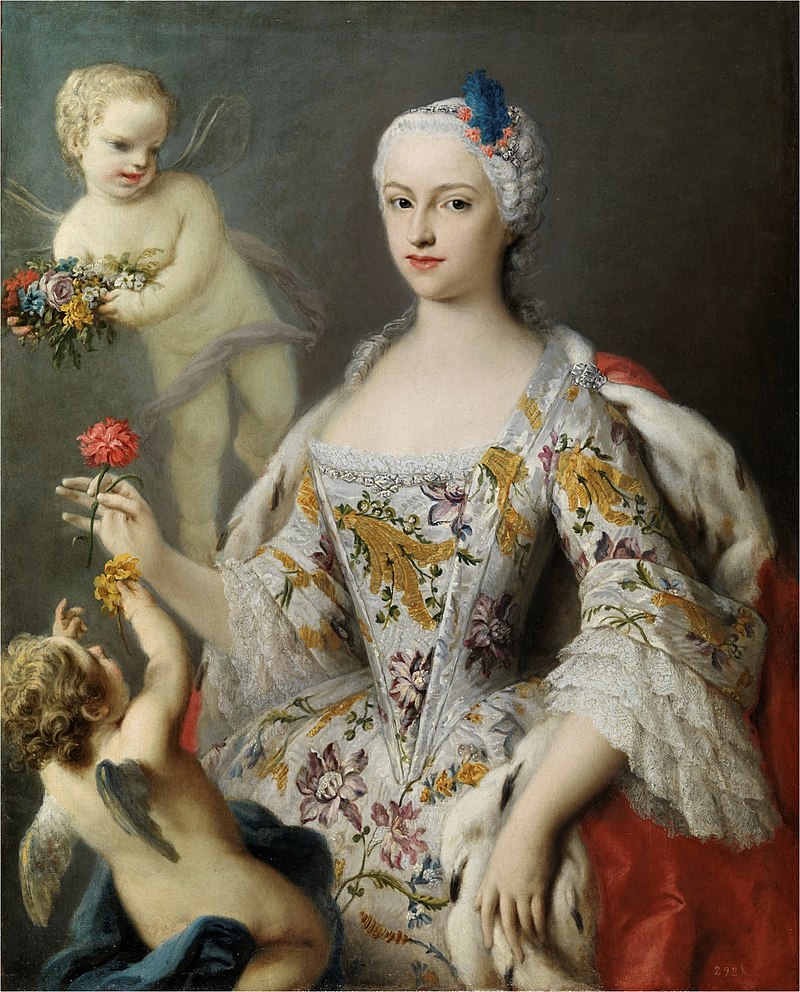by Susan Flantzer
© Unofficial Royalty 2021
The Kingdom of Sardinia: The House of Savoy had been Counts and then Dukes of Savoy, since the 11th century and ruled from the city of Turin, now in northern Italy. Vittorio Amedeo II, Duke of Savoy became King of Sicily in 1713 as a result of his participation in the War of the Spanish Succession. However, in 1720, Vittoria Amedeo II was forced to exchange the Kingdom of Sicily for the less important Kingdom of Sardinia after objections from the Quadruple Alliance (Great Britain, France, Habsburg Austria, and the Dutch Republic).
Sardinia, now in Italy, is the second-largest island in the Mediterranean Sea after Sicily, also now in Italy, but the Kings of Sardinia of the House of Savoy ruled from Turin, the capital of the Duchy of Savoy. They styled themselves as Kings of Sardinia because the title was superior to their original lesser title as Dukes of Savoy. However, they retained the regnal numerical order of the Dukes of Savoy.
Vittorio Emanuele II became the last King of Sardinia upon the abdication of his father in 1849. He then became a driving force behind the Italian unification movement along with Giuseppe Garibaldi, a general and nationalist, and Giuseppe Mazzini, a politician and journalist. Garibaldi conquered Naples and Sicily, the territories of the Kingdom of Two Sicilies, while the Sardinian troops occupied the central territories of the Italian peninsula, except Rome and part of Papal States. With all the newly acquired land, Vittorio Emanuele II was proclaimed the first King of the new, united Kingdom of Italy in 1861.
Note: Children of Kings of Sardinia were often styled “of Savoy” as their fathers were also Dukes of Savoy from the House of Savoy.
********************

Maria Cristina of Naples and Sicily, Queen of Sardinia; Credit – Wikipedia
Born on January 17, 1779, at the Royal Palace of Caserta in Caserta, Kingdom of Naples and Sicily, now in Italy, Maria Cristina of Naples and Sicily was the wife of Carlo Felice, King of Sardina. She was the fifth of the seventeen children and the fourth of the ten daughters of Ferdinando IV, King of Naples and Sicily (later Ferdinando I, King of the Two Sicilies) and Maria Carolina of Austria. Maria Cristina’s paternal grandparents were Carlos III, King of Spain (reigned 1759 – 1788), King of Naples and Sicily (1734 – 1759), and Duke of Parma and Piacenza (reigned 1731 – 1735) and his wife Maria Amalia of Saxony. Her maternal grandmother was Maria Theresa, the sovereign ruler of the Habsburg territories from 1740 until her death in 1780, and was the only female to hold the position. She was the sovereign of Austria, Hungary, Croatia, Bohemia, Transylvania, Mantua, Milan, Lodomeria and Galicia, the Austrian Netherlands, and Parma. Maria Theresa of Austria-Este’s paternal grandfather was Francis Stephen, Duke of Lorraine, Grand Duke of Tuscany, and Holy Roman Emperor.

The Royal Family of Naples and Sicily in 1783 (L-R) Maria Theresa; the future King Francesco I; King Ferdinando IV; Queen Maria Carolina with Maria Cristina; Gennaro; Maria Amelia in the arms of Maria Luisa; Credit – Wikipedia
Maria Cristina had sixteen siblings, but only six survived childhood. Eight of her siblings died from smallpox.
- Maria Theresa (1772 – 1807), married her double first cousin Franz II, Holy Roman Emperor, later Franz I, Emperor of Austria (the second of his four marriages), had twelve children
- Luisa (1773 – 1802), married her first cousin Ferdinando III, Grand Duke of Tuscany, had five children
- Carlo (1775 – 1778), died in childhood from smallpox
- Maria Anna (1775 – 1780), died in childhood from smallpox
- Francesco I, King of the Two Sicilies (1777- 1830), married (1) his first cousin Archduchess Maria Clementina of Austria, had one daughter; married (2) his first cousin Infanta Maria Isabella of Spain, had twelve children
- Maria Cristina Amelia (1779 – 1783), twin Maria Cristina, died in childhood from smallpox
- Gennaro (1780 – 1789), died in childhood from smallpox
- Giuseppe (1781 – 1783), died in childhood from smallpox
- Maria Amalia (1782 – 1866), married Louis Philippe d’Orléans, Duke of Orléans, later King of the French; had ten children; died in exile in England
- Maria Cristina (born and died July 19, 1783)
- Maria Antonietta (1784 – 1806), married her first cousin Infante Ferdinand, Prince of Asturias (the future King Ferdinand VII of Spain, died from tuberculosis, no children
- Maria Clotilde (1786 – 1792), died in childhood from smallpox
- Maria Enricheta (1787 – 1792), died in childhood from smallpox
- Carlo (1788 – 1789), died in childhood from smallpox
- Leopoldo (1790 – 1851), married his first cousin Archduchess Clementina of Austria, had two children
- Alberto (1792 – 1798 ), died young
- Maria Isabella (1793 – 1801), died young

Carlo Felice, Maria Cristina’s husband; Credit – Wikipedia
In the Kingdom of Sardinia, there was a succession crisis. Carlo Emanuele IV who had been King of Sardinia but abdicated because he was despondent after the sudden death of his wife, was childless. His brother, the current King of Sardinia, Vittorio Emanuele I, had five surviving daughters who could not succeed to the throne and his only son had died at the age of three from smallpox. Three other brothers had all died unmarried. It was up to the unmarried Carlo Felice to provide an heir. On March 7, 1807, in the Palatine Chapel at the Royal Palace in Palermo, Sicily, Maria Cristina married Carlo Felice. However, the marriage of Maria Cristina and Carlo Felice remained childless.
In March 1821, liberal revolutions were occurring throughout Italy. However, Vittorio Emanuele I was not willing to grant a liberal constitution so he abdicated the throne of Sardinia in favor of his brother Carlo Felice on March 13, 1821, but remained Duke of Savoy until his death. Because Carlo Felice was in the Duchy of Modena at the time, Vittorio Emanuel I temporarily appointed Carlo Alberto, Prince of Carignano, the senior male member of the House of Savoy-Carignano, a cadet branch of the House of Savoy, as regent. Carlo Alberto made concessions to the rebels and put a liberal constitution into effect. However, when Carlo Felice returned, he abolished the new constitution and ruled as an absolute monarch.

Maria Cristina at the Castle of Agliè; Credit – Wikipedia
Maria Cristina and Carlo Felice spent their time between the Castle of Agliè and the Castle of Govone, both in Piedmont, Duchy of Savoy, now in Italy, and at the Villa Tuscolana in Frascati, a district in Rome, now in Italy. In 1820, Maria Cristina received the Villa Tuscolana as a bequest from her sister-in-law Maria Anna of Savoy, Duchess of Chablais.

The Roman theater at Tusculum – Maria Cristina financed its excavation; Credit – Wikipedia
From 1825 – 1840, Maria Cristina financed and followed with great interest the archaeological excavations of Tusculum, a ruined Roman city famous for luxurious patrician country villas. She first engaged the archaeologist Luigi Biondi, whose excavation work initially uncovered Tusculum. From 1839 – 1840, the architect and archaeologist Luigi Canina was engaged to excavate the theater area of Tusculum.
In 1824, Carlo Felice purchased Hautecombe Abbey, a former Cistercian monastery, then in the Duchy of Savoy, now in Saint-Pierre-de-Curtille, France, where many of his ancestors were buried and began a restoration project. Hautecombe Abbey had been sold in 1792 after the French had invaded the Duchy of Savoy and it was turned into a china factory. After Hautecombe Abbey was re-constructed, it was given back to the Cistercian Order. When Carlo Felice died, aged 66, on April 27, 1831, he was buried at Hautecombe Abbey. Upon the death of Carlo Felice, the main line of the House of Savoy became extinct. He was succeeded by the senior male member of the House of Savoy-Carignano who reigned as Carlo Alberto I, King of Sardinia.

Sculpture of Maria Cristina on her tomb; Credit – By Zairon – Own work, CC BY-SA 4.0, https://commons.wikimedia.org/w/index.php?curid=105536979
After the period of mourning, Maria Cristina spent a long period with her family in Naples and then she returned to Turin, alternating stays between Agliè, Frascati, Naples, and Hautecombe Abbey where she supervised further the restoration work. Maria Cristina survived her husband by eighteen years, dying on March 11, 1849, aged 70, in Savona, Kingdom of Sardinia, now in Italy. She was buried with her husband at Hautecombe Abbey.
This article is the intellectual property of Unofficial Royalty and is NOT TO BE COPIED, EDITED, OR POSTED IN ANY FORM ON ANOTHER WEBSITE under any circumstances. It is permissible to use a link that directs to Unofficial Royalty.
Works Cited
- En.wikipedia.org. 2021. Ferdinand I of the Two Sicilies – Wikipedia. [online] Available at: <https://en.wikipedia.org/wiki/Ferdinand_I_of_the_Two_Sicilies> [Accessed 1 July 2021].
- En.wikipedia.org. 2021. Maria Cristina of Naples and Sicily – Wikipedia. [online] Available at: <https://en.wikipedia.org/wiki/Maria_Cristina_of_Naples_and_Sicily> [Accessed 1 July 2021].
- Flantzer, Susan, 2021. Carlo Felice, King of Sardinia and Duke of Savoy. [online] Unofficial Royalty. Available at: <https://www.unofficialroyalty.com/carlo-felice-king-of-sardinia-and-duke-of-savoy/> [Accessed 1 July 2021].
- It.wikipedia.org. 2021. Maria Cristina di Borbone-Napoli – Wikipedia. [online] Available at: <https://it.wikipedia.org/wiki/Maria_Cristina_di_Borbone-Napoli> [Accessed 1 July 2021].










































